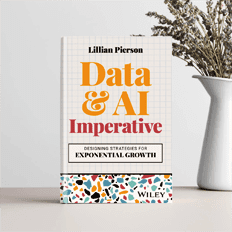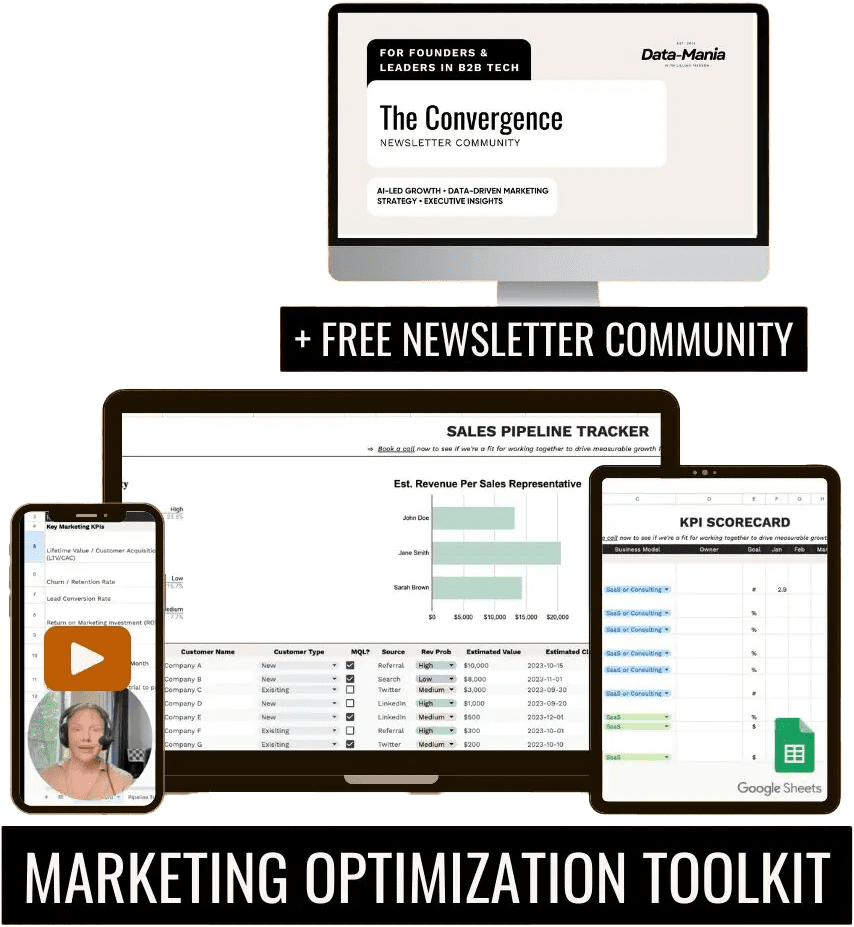If you’re responsible for selecting an analytics tool to help your data project or product achieve a strong ROI, then this article is for you. That’s because I’m about to share with you a battle-tested 4-step process for planning a data-project and exactly what you need to do to select the optimal analytics tool for boosting the ROI of your next data project.
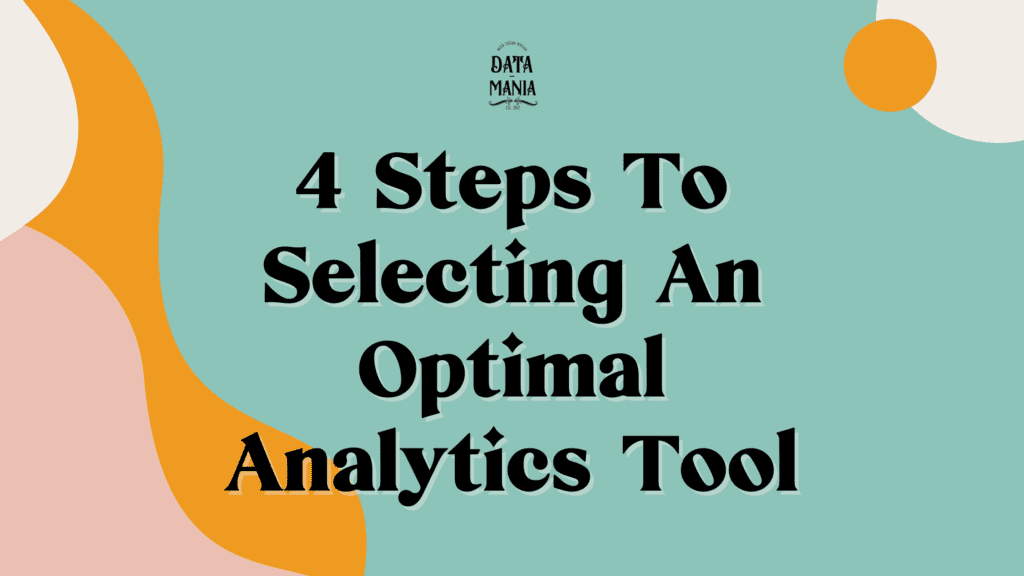
In case you’re new around here, I’m Lillian Pierson and I support data professionals to become world-class data leaders and entrepreneurs. As far as why I am qualified to teach on how to select an optimal analytics tool, so far I’ve educated over 1.3 Million people on data science and AI, I’ve consulted for 10% of Fortune 100 companies, and I’ve been delivering technical and strategic plans since 2007 for organizations as large as the US Navy.
Data tools are only ever as effective as the decision-making of the people who select them.
What’s in here…
If you’re reading this then you probably know that data tools are only ever as effective as the decision-making of the people who select them. Data project success propels a data career forward, and if you’re looking to land a promotion into a data leadership position, this article is for you.
The main four points covered in this article are:
-
- My proprietary STAR framework for leading profit-forming data projects
- How to leverage my proprietary STAR framework to plan profit-forming data projects;
- The real reason why most data projects fail and what you can do to protect yours of course;
- My top 3 data selection tips so that you can pick the analytics tool that’s sure to boost your project’s ROI
Spoiler alert: This article also comes with a video demonstration I created that shows you how to select an optimal analytics tool. It’s over on Logi Analytics’ website here. I will be directing you to the full training on analytics tool selection to get you all of the above-promised 👆 deliverables.
First let me ask you a question…
Let’s first start off with a fun game.
I want you to imagine that you have access to an analytics tool that you can embed directly into software solutions AND that is flexible enough to immediately provide your customers the self-service access to the data they need and want, all without excessive wait times or costly overhead spent on inefficient computing structures and processes.
How would you use that? How do you think that would improve your company’s bottom line? I would love it if you’d share your thoughts in the comments below.
Don’t worry if you’re not sure how to use an awesome analytics tool like that 👆 to increase your business’ bottom line. It’s not your fault, because if you’re like most data professionals, then you haven’t been trained on how to connect the cost of data operations to actual hard numbers in the business (ie; profits and revenues). The good news is that the rest of this post will get you started on how to do that…
No Data Strategy = Epic Data Project Failures
Actually, back in 2013, the senior leaders in the world’s most prestigious cancer treatment center also thought that they had found a “holy grail” of data tools. And they believed that, armed with the predictive AI, they would finally be able to eradicate cancer once and for all.
Four years later though, all they had seen was $62 Million in sunk costs, no results, and a slew of outraged oncologists who were happy to go public with defamatory remarks about the data product that had done them so much harm. The tool was Watson for Oncology and the client was M.D. Anderson.
EVERY ANALYTICS TOOL IS NOT THE SAME. And sometimes, it’s not even the tool’s fault that a project fails. Sometimes, the root cause of the failure is in the decision-making of the person who chose to use it in the first place.
So please, take me seriously when I say, EVERY ANALYTICS TOOL IS NOT THE SAME. And sometimes, it’s not even the tool’s fault that a project fails. Sometimes, the root cause of the failure is in the decision-making of the person who chose to use it in the first place.
But, if you let this happen to you or have been on the losing side of a data project, let me start by telling you – IT’S NOT YOUR FAULT.
With all of the online data science training courses out there, and all of the universities out there offering analytics degrees, the one thing that most of these data science training institutions don’t teach is Data Strategy. Data strategy is imperative to generate return on investment from data projects and products. And what you’re about to get is the data strategist’s cliff notes on data tool selection. You can save your company from epic failures like what M.D. Anderson had with Watson for Oncology.
Introducing the STAR framework
I developed this 4-step framework out of a decade of experience in delivering consulting services for some of the world’s largest organizations.
The STAR Framework For Analytics Tool Selection and Consulting
The STAR goes like this:
- S – Survey the Industry (TL;DR You spend time reviewing relevant use cases and case studies)
- T – Take stock and inventory of your organization (TL;DR You collect and generate documentation that describes all aspects of your company. This involves surveys, interviews,and requests for information)
- A – Assess your organization’s current state conditions (TL;DR Identify gaps, risks, opportunities, and select an optimal data use case given specifics for your company)
- R – Recommend a strategy for reaching future state goals (TL;DR Define a strategic plan for successfully implementing upon that data use case)
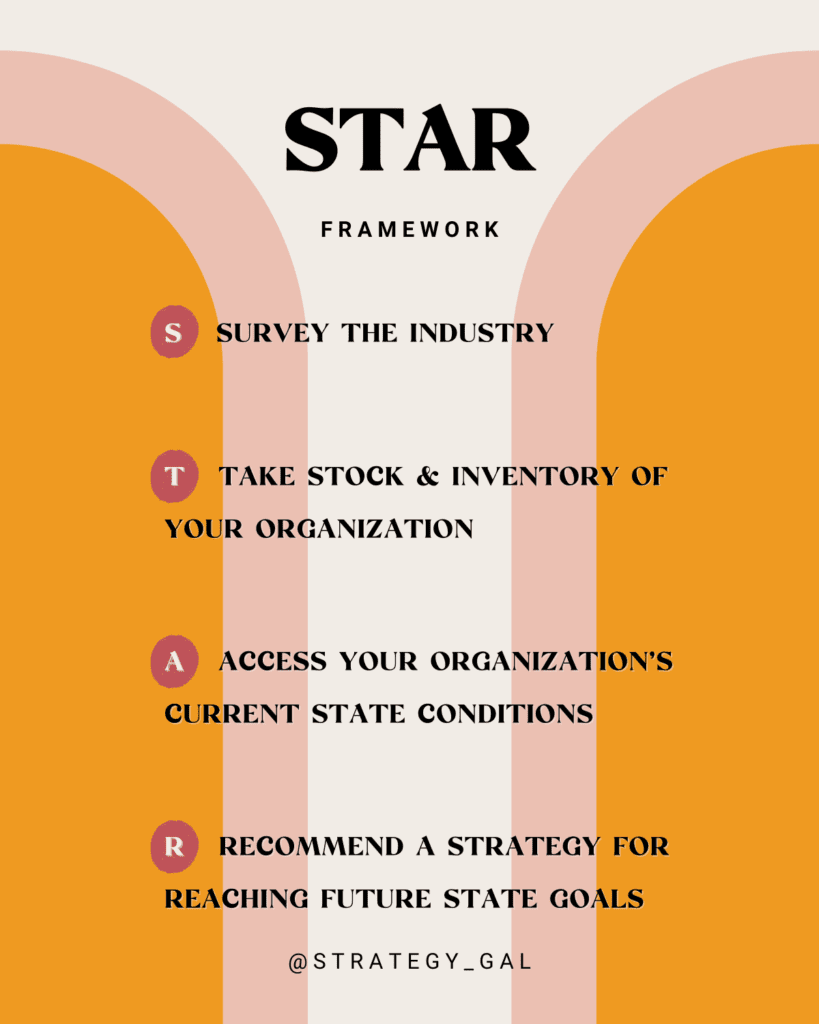

* If you want to go in for deep-dive training on the STAR framework, go ahead and check out this post here.
For now, what you need to know about the STAR Framework is, you would want to rinse, wash and repeat every 18 months.
That means, if you create a data strategy plan today or within the next 6 weeks, you need to go back and revisit, update, and maybe expand that within about 18 months because of the nature of our industry – ie; the rapid changes we see across the data industry.
Where an Analytics Tool Selection Fits In
Analytics tools selection fits in the “R – Recommendations” phase of the STAR framework. That’s because you can’t pick the right tool until you’ve clearly identified the use case. You also need to know which vendors and existing technologies you already have on hand to fulfill that use case. You’d identify both of these in the first three steps of the STAR framework. Then, select a tool when you’re ready to make recommendations….
The Real Reason Most Data Analytics Projects Fail
I recently did a poll over on LinkedIn:
Many of the respondents answered this question correctly.
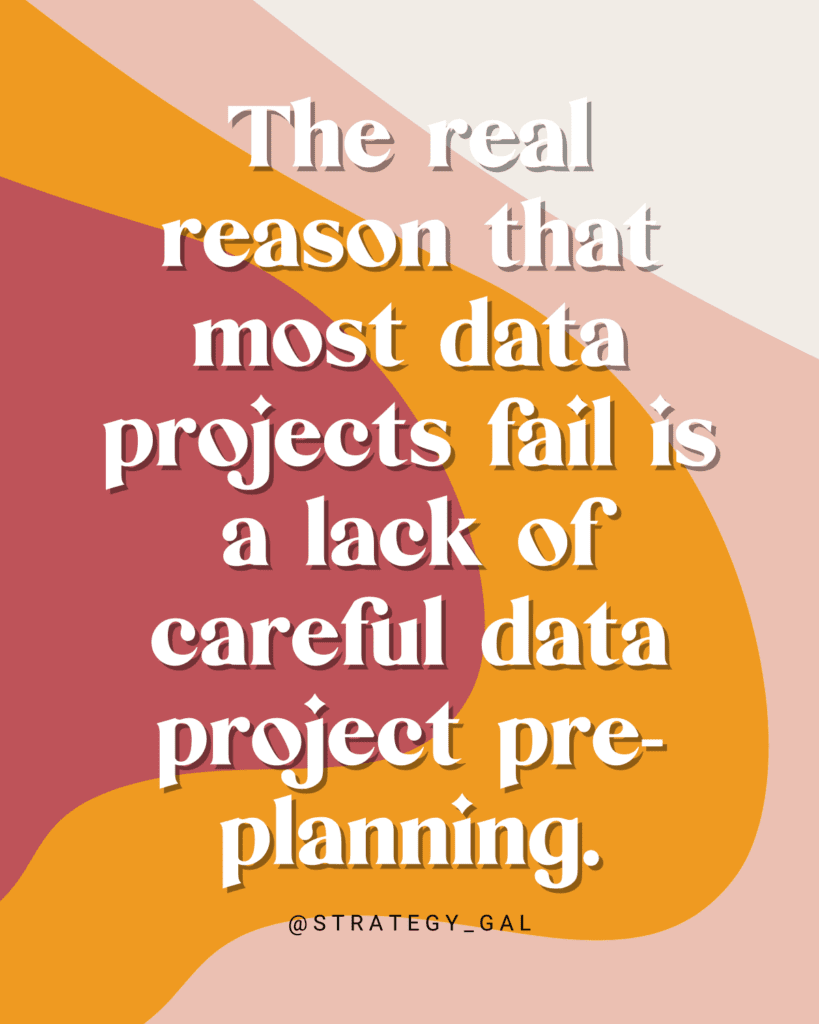

The real reason that most data projects fail is a lack of careful data project pre-planning. And the following data tool selection method is going to take you a long way in prudent project pre-planning so you can avoid selecting the wrong data tool for the job.
How to Use the STAR Framework to Select the Perfect Analytics Tool: Leading Profit-Forming Data Projects
Please note, I offer an entire product that shows the detailed approach for applying this framework. But there is not enough space in a single blog post to cover the entire thing.
So, what I’ve done is to focus only on how to use the STAR Framework. I’ll teach you how to select an optimal analytics tool. Head over to Logi’s website and study through to the end of this training. Then, you’re going to get my full demonstration of how to use this process. I’ll teach you how to go about selecting the perfect analytics tool for your data project.
Spoiler alert: It involves Fuzzy-MCDM…


🎁 You’re also going to get my top 3 data selection tips! Pick the analytics tool that’s sure to boost your project’s ROI.
CLICK HERE TO WATCH THE DEMONSTRATION ON THE LOGI ANALYTICS WEBSITE




